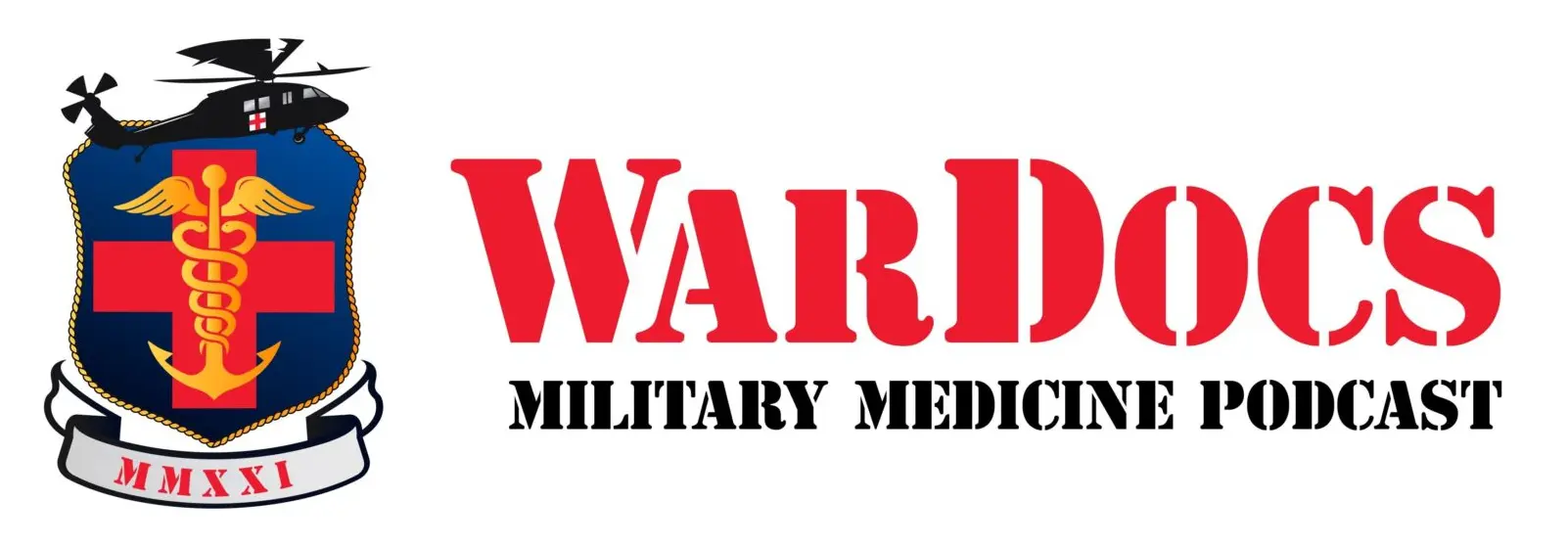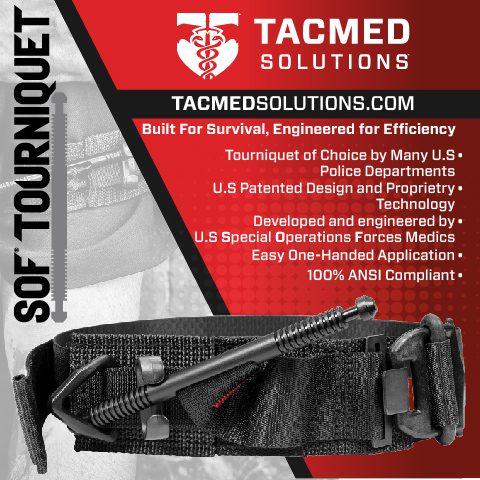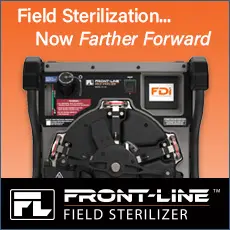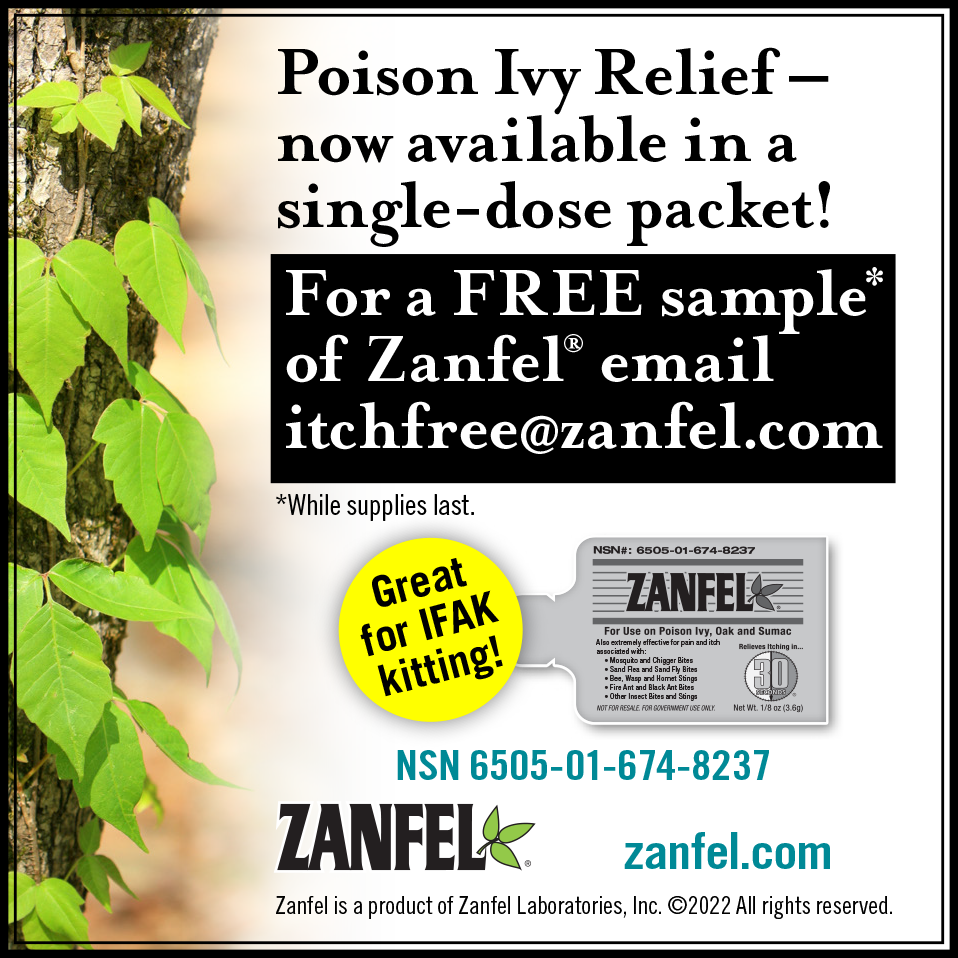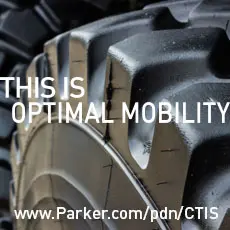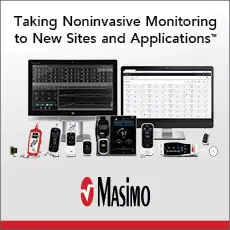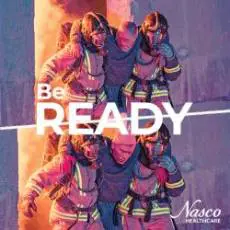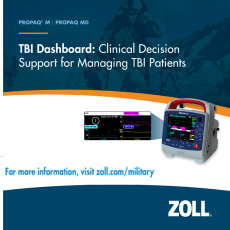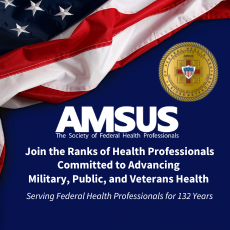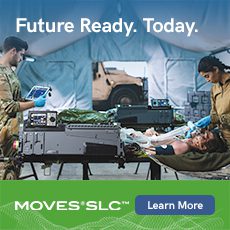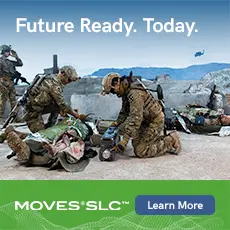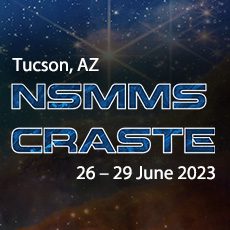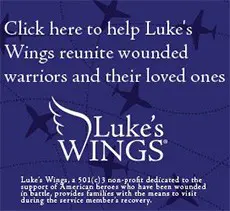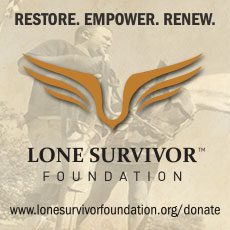Responding to Outbreak
A subordinate element of the U.S. Army Medical Research and Development Command (USAMRDC), Ft. Detrick, MD, the U.S. Army Medical Research Institute of Infectious Diseases (USAMRIID) is one of several laboratories contributing to a whole-of-government approach in combating COVID-19.
By Caree Vander Linden, USAMRIID
From Combat & Casualty Care, Summer 2020
Since 1969, the U.S. Army Medical Research Institute of Infectious Diseases, or USAMRIID, has responded to disease outbreaks at home and around the globe with capabilities and expertise unmatched within the Department of Defense. USAMRIID’s scientific accomplishments have steadily contributed to the development of medical countermeasures for protecting military and public health. Over the years, USAMRIID has shown itself to be uniquely suited to answer the nation’s call, and this year—marked by the COVID-19 pandemic—is no exception.
In February 2020, USAMRIID scientists received a sample of the novel coronavirus, dubbed Severe Acute Respiratory Syndrome Coronavirus-2, or SARS-CoV-2, from the Centers for Disease Control and Prevention. It came from a patient in Washington State, one of the first COVID-19 cases identified in the United States. USAMRIID’s initial step was to grow the virus and prepare a master stock for use in testing diagnostics, vaccines and treatments.
“We also worked to characterize the virus, meaning that we looked closely at its structure and properties, and how it’s related to viruses that were already known,” said Colonel E. Darrin Cox, the Institute’s commander. Building on that knowledge, as well as their experience with SARS-CoV-1 in 2003 and Middle East Respiratory Syndrome, or MERS, in 2014, USAMRIID scientists next turned their attention to developing animal models that represent the disease course of COVID-19 in humans.
Building Animal Models
Animal model development is essential to the process of getting a medical product licensed for human use, and it is one of USAMRIID’s core capabilities. For example, the Institute performed the critical animal studies of the Ebola virus vaccine produced by Merck that received U.S. Food and Drug Administration, or FDA, approval in 2019. USAMRIID has Biosafety Level-3 and BSL-4 containment laboratories that enable safe study of high-consequence pathogens, including SARS-CoV-2 (a BSL-3 agent) and Ebola virus (handled at BSL-4). In addition, thanks to unique aerosol technology invented at USAMRIID, the Institute can accurately model the course of respiratory diseases, such as COVID-19, that pose a threat to U.S. service members.
Small animal models, like rodents, allow for early investigation of the disease process and preliminary testing of potential vaccines and treatments. This work builds the foundation for additional studies and helps to determine which products should advance for further testing. According to Cox, USAMRIID has developed two small animal models, the ACE2 mouse and the Syrian hamster, that look especially promising. ACE2 mice have the same receptor used by SARS-CoV-2 to enter human cells, making them a suitable model of infection, and Syrian hamsters appear to show signs of developing protective immunity when re-exposed to the virus. Importantly, both the mice and the hamsters develop clinical signs of disease that are similar to those seen in human patients.
Large animal models, such as nonhuman primates, or NHPS, are most predictive of human disease. When a vaccine or therapeutic shows promise in a small animal model, the next step is to test it in NHPS, collecting data that can support clinical trials in humans and eventually lead to FDA licensure. USAMRIID has developed two NHP species, the rhesus macaque and the cynomolgus macaque, as models for evaluating medical countermeasures to SARS-CoV-2.
“USAMRIID’s unique ability to conduct multiple aerosol exposure studies enables down-selection of the most promising vaccines and treatments from among numerous potential candidates,” added Cox. That aerosol technology also supports research to answer the key question of how well—and for how long—SARS-CoV-2 can survive in the air.
Assessing the Risk
USAMRIID scientists evaluated three coronaviruses—SARS-CoV-1, MERS, and the novel coronavirus—to assess their ability to remain infectious in an aerosol form. Experiments took place at USAMRIID and three other aerobiology laboratories: Tulane University in New Orleans, the National Institutes of Health-Integrated Research Facility at Fort Detrick, and the University of Pittsburgh.
Their findings indicate that SARS-CoV-2 maintains infectivity in small-particle aerosol much longer than either SARS-CoV-1 or MERS-CoV. They also suggest that people infected with the novel coronavirus may produce viral aerosols that can remain infectious for long periods following coughing, shedding and airborne transport of droplets.
USAMRIID is also evaluating several environmental parameters of virus stability on military uniforms, skin and paper currency. Stability testing like this helps to evaluate fomite transmission of the virus to decrease or prevent infection among service members and the public. Fomites are inanimate objects (like doorknobs, keyboards, phones, and elevator buttons) that can become contaminated and serve as a mechanism for virus transfer between people.
Results so far indicate that SARS-CoV-2 remains stable on some surfaces for as long as 96 hours at 4 degrees Celsius (39.2 degrees Fahrenheit). It is stable for up to 24 hours on steel and paper currency at room temperature, and up to 96 hours on skin. However, heat appears to significantly decrease the virus’s ability to survive at room temperature.
Refining Diagnostic Tests
Another core element of USAMRIID’s mission is developing assays, or tests, to identify biological agents in clinical samples like blood serum or saliva. Some of these tests can also be used with environmental samples, such as soil. The Institute is working with several partner agencies to support assay development for the COVID-19 response. In general, confirmatory tests show that the virus is present in a sample; clearance tests determine whether a patient who once had the virus has cleared it from the body; and antibody tests identify specific proteins in the blood that were made in response to infection with the virus.
USAMRIID is supporting requests to perform diagnostic analysis on samples from active-duty U.S. service members, according to Cox. Specifically, the Institute is testing samples from Army and Navy personnel, stationed in the U.S. and overseas, who had “persistent positive” SARS-CoV-2 test results after 14 days of isolation. This analysis will aid in determining return to duty status for those personnel.
Samples are first analyzed using the RT-PCR assay, available under an Emergency Use Authorization from the FDA. (PCR is shorthand for polymerase chain reaction, a procedure commonly used to “amplify” a small segment of genetic material so that it can produce many more copies of itself for laboratory analysis.) Those with a positive result are processed for virus isolation testing (in cell culture), which takes an additional 7-10 days, to tell if the sample contains any live virus. The final step is serology testing using serum samples to determine the presence of SARS-CoV-2 antibodies.
USAMRIID is also collaborating with the Army Public Health Center to evaluate techniques for surveillance testing. This effort will identify methods for screening large populations of service members while minimizing the impact on supply chains. One approach is lateral flow immunodiagnostics, which are simple to use and similar to the test strips commonly seen in over-the-counter pregnancy screening kits. Another technique, pooled testing, would involve combining swab samples from several individuals and testing them together, using highly sensitive molecular detection methods. If the pool result is positive, the samples are then tested individually. When the infection rate is low and only a few people are infected, pooled testing can significantly expand the testing capacity of the existing laboratory infrastructure and reduce the strain on testing resources.
“Improving the speed, capacity, and portability of COVID-19 testing directly supports the operational readiness of U.S. forces,” added Cox.
Screening Potential Therapies
In addition to improving diagnostics, USAMRIID is playing a key role in the search for therapeutics to treat COVID-19. One avenue is to screen libraries of existing chemical compounds—the key ingredients that make up drugs—for potential antiviral activity. The Institute has hundreds of cooperative agreements with industry, academic and government laboratories, and works with its partners to identify and test compounds that look promising. USAMRIID can screen thousands of compounds at a time, if necessary, using a high-throughput system that is rapid and cost-effective.
“In fact, this is the very same system used by USAMRIID to identify remdesivir as a potential therapeutic for Ebola virus back in 2016,” said Cox. Remdesivir, a drug invented by Gilead Sciences and tested extensively at USAMRIID, is now available under an investigational protocol to treat Department of Defense personnel exposed to COVID-19. It is also being evaluated against the novel coronavirus in worldwide clinical trials.
Convalescent plasma from recovered COVID-19 patients is another potential treatment option. Recent studies at USAMRIID using plasma from New York donors suggest a strong link between levels of antibody, a protective protein, and the ability of the plasma to neutralize the virus to keep it from replicating. These findings are supported by analysis of additional samples obtained from donors in Texas. Developing a laboratory test for screening convalescent plasma, therefore, would allow scientists to rapidly identify “good donors” with high levels of SARS-CoV-2 antibody. Selecting plasma from these donors would be preferable in developing a clinical product.
Monoclonal antibodies—proteins that can help to neutralize the virus—are a third approach to developing COVID-19 treatments. These antibodies can be administered before exposure to prevent infection, or after exposure to ward off disease. In collaboration with industry partners, USAMRIID has tested hundreds of antibodies for neutralizing activity against SARS-CoV-2 and identified several promising candidates. Two antibodies that demonstrated potent neutralizing activity in cells were further tested in groups of healthy and immune-suppressed hamsters. Both groups showed clear evidence of protection when the antibodies were administered pre-exposure, according to Cox. A similar effect in humans could protect high-risk and immune-suppressed populations from COVID-19. USAMRIID is continuing to press forward on this critical effort.
Behind the Scenes
Despite the urgency of the COVID-19 pandemic and the related increase in operational tempo, Cox says USAMRIID’s response is all in a day’s work for his team of 700 military, civilian and contract personnel. Their focus is, and always has been, on protecting U.S. service members—but their research pays dividends for public health and global health as well.
“Because of USAMRIID’s unique expertise and facilities, we typically play a key role in any emerging disease outbreak—whether it be coronavirus, Ebola virus, or something we haven’t even discovered yet,” he commented. “This is exactly why USAMRIID is here—to study these agents with a focus on prevention, detection, and treatment.”
And while the Institute may not always garner the biggest headlines during a crisis like this one, it’s safe to assume that USAMRIID will still be working behind the scenes to deliver the medical solutions the nation needs.

